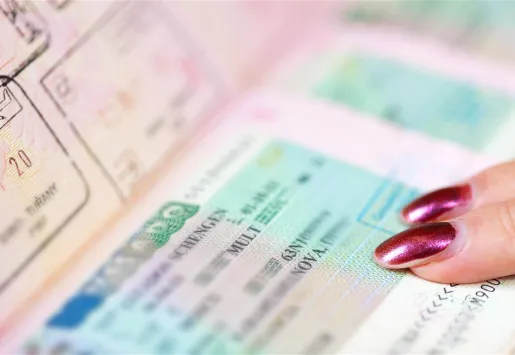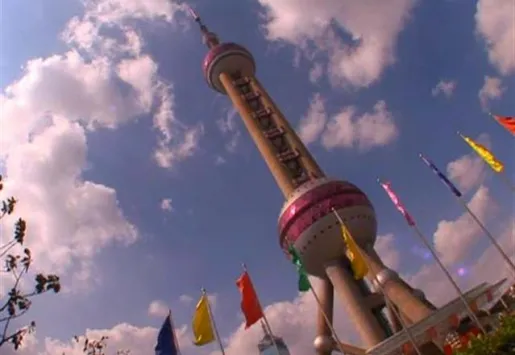
Russian and United States officials have spent many months arguing about the best way to address the civil war in Syria and politicians from these two nations have continued to maintain a hostile rhetoric. However, one year has almost passed since one of the bilateral agreements between Russia and the United States was made. Its success indicates that the relationship between these two countries is not that bad.
The U.S – Russia visa deal was reached in September 2012 and it appears to be delivering most of what was promised to these two nations and their citizens. For instance, this agreement has made it easier and faster for the citizens of Russia and the U.S. to apply for visas. Both countries can now get more visitors from either country.
This agreement also lengthened the validity period for American and Russian citizen visas to three years. This is a great improvement from the past when visas were valid for about one year for citizens who traveled to either country for business, tourism and humanitarian activity purposes.
The U.S-Russia deal also abolished the requirement that Americans who travelled for business purposes obtain invitations from Russian entities and receive approval from the Federal Migration Service. This process often lasted up to one month. Now, the only requirement that U.S. citizens who want to visit Russia for the purpose mentioned above need to meet is to get a notarized invitation, which only takes one day to prepare. In addition, Russian consulates now accept invitations that are sent through fax or email.
Even though the visa rules for American citizens visiting Russia have been simplified, there has not been a significant increase in United States citizens visiting Russia since September 2012. From September 2012 to September 2013, the number of visas issued to American citizens was about 146,000. This is an increase of about 2 percent or less than three thousand visas.
A large percentage of Americans visiting Russian are also not applying for the recently introduced three-year visas. Out of about a hundred and forty six thousand visas issued since September 2012, only about 8.5 percent or 13,000 visas were of the new kind. On the other hand, twenty percent more United States visas were issued in Russia during the first six months of 2013 in comparison to the same period in 2012. Over that 6-month period, more than 111,000 visas were issued.
The bilateral deal also seems to have addressed the rate of rejection, which is one of the major concerns that Russians have as they apply for a U.S. visa. The United States is eager to attract visitors from Russia. According to the United States Embassy in Moscow, the rate of issuing business and tourist visas to Russians has almost doubled over the last 3 years. The number of Russians visiting the United States has also increased by almost five times in the past ten years and it continues growing.
The waiting period for getting a visa in the U.S. and Russia has also reduced. However, the visa deal has brought up a few bureaucratic hurdles such as having to answer very specific questions but they are not a big deal. The old types of visas are also readily available and they are great for visitors who need to get a visa in a period of less than a week.












